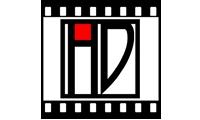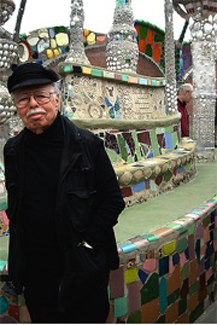Product Description
Allen Porter, Filmstrips, Photogram vintage gelatin silver print 1947


ALLEN PORTER (b.1926) USA
Filmstrips 1947
Photogram vintage gelatin silver print
Size: (unframed): H: 11” x W: 14”
Size: (frame): H: 20” x W: 23”
After attending art programs at the Art Institute of Chicago and the Chicago Academy of Fine Arts, Porter enrolled at the ID upon his return from military service in WWII. His course of study included graphic design and photography. His photograms were produced while working with famed ID photography instructors Frank Levstik and Ferenc Berko. Shortly after leaving the ID in 1949, Porter established a design office in Los Angeles during the height of the California modern design movement. He incorporated his innovative light work into design projects for important clients like Gruen Lighting and Carroll Sagar & Associates.
Allen Porter, Filmstrips, Photogram vintage gelatin silver print 1947
WOLFGANG GESSL (b. 1949) Austria / Sweden
Teapot 1990
Hand wrought and hand hammered spherical silver teapot with cylindrical handle and spout elements, maple and padouk wood layered arching handle
This is No. 2 out of the edition of 3 models.
Marks: Wolfgang Gessl (script impressed signature), 2/3, WO.GE (in a rectangle), Swedish assay mark for Stockholm, 925 (silver guarantee in a rectangle), E11 (in a rectangle), LF
Exhibited: Glänsande Geometri, Mettalum, Stockholm, Sweden
Illustrated: Gold and Silversmith Wolfgang Gessl: Exceeding Geometry, Kerstin Wickman, p. 16.
H: 10” x W: 16 ½” x D: 5 ½”
Price: $32,000
Wolfgang Gessl was born in 1949 in Vienna, Austria and trained as a goldsmith with Professor Hans Angerbauer. Upon moving to Sweden, Gessl studied under the eminent silversmith Sigurd Persson at Konstfack, the National University of Art, Craft and Design in Stockholm, Sweden.
Wolfgang Gessl has had fifteen solo exhibitions including shows at The National Museum, Stockholm and The Royal College of Art in London. His metalwork has been widely exhibited in Sweden, Europe and the U.S and his pieces can be found in many private collections throughout the world. He has taught at Konstfack for more than twenty-four years, and continues to live and work in Stockholm.
HENRY VAN DE VELDE (1863-1957) Belgium (design mount)
for “LA MAISON MODERNE” Paris, France
ALPHONSE-EDOUARD DEBAIN France (execution mount)
EUGÈNE BAUDIN (1853-1918) France (pottery)
Vase c. 1900
Matte-glazed pottery, cranberry bright turquoise and white highlights, elaborate Art Nouveau whiplash silver mount.
Marks: E Baudin, AD (silversmith monogram), French 950 silver assay mark
For more information on van de Velde ceramics see: Ceramics of the 20th Century, Tamara Préaud and Serge Gauthier (New York: Rizzoli, 1982) illus. no. 67, p.42; Art Nouveau and Art Deco Silver, Annelies Krekel-Aalberse (New York: Harry N. Abrams, Inc.,1989), pp. 63, 90, 264.
For other A-E. Debain designs see: The Paris Salons 1895-1914, Vol. V: Objets d’Art & Metalware, Alastair Duncan (Woodbridge, Suffolk: Antique Collectors’ Club, 1999), p. 208.
For related Van de Velde mount designs see: Jugendstil, Irmela Franzke (Munich: Battenberg Verlag, 1987), illus. 169, p. 87.
H: 8 1/4” x W: 4”
